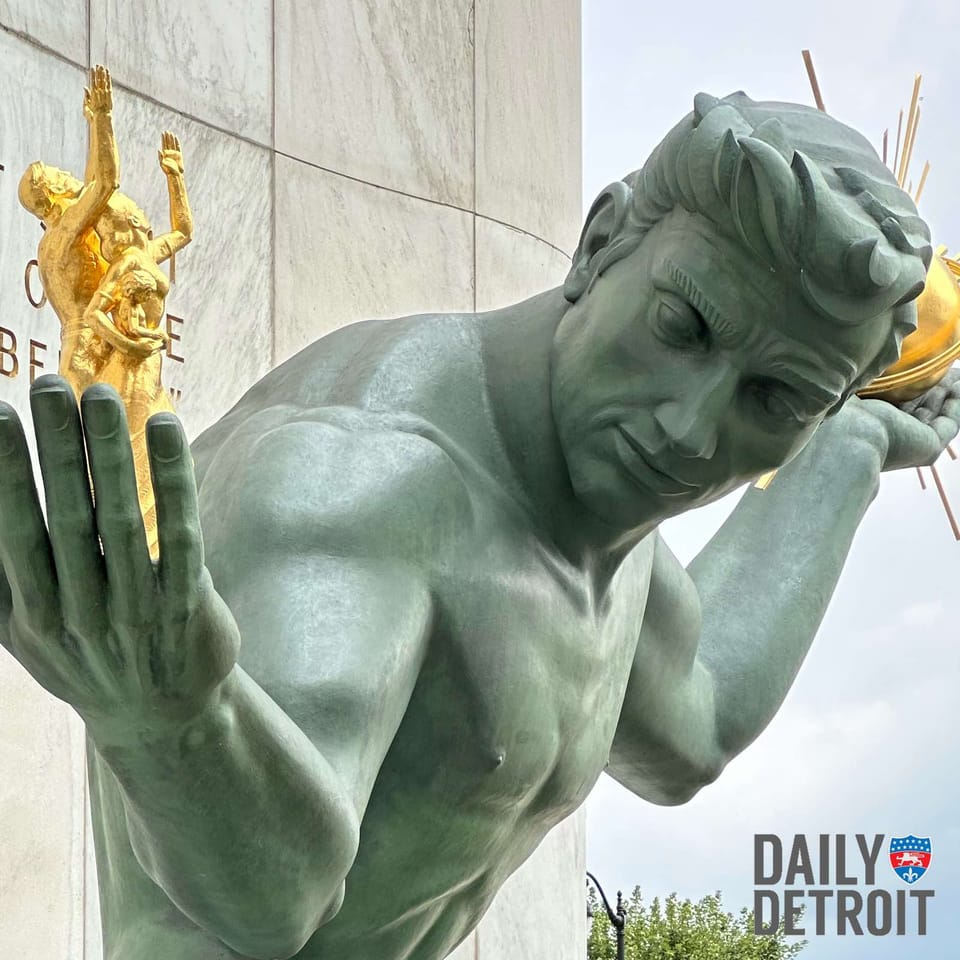We all want to leave our mark in this world. For some, it’s through academic pursuits. For others, it’s through art or good deeds. For William Livingstone, it was the creation of a critical channel in the Detroit River that would help speed shipping along the Great Lakes.
William Livingstone was born in Dundas, Ontario on January 21, 1844. When he was five years old, his family moved to Detroit. In 1865, Livingstone opened his own business with help from his father.
Livingstone & Company started out as a wholesale and resale grocer, but the company soon became flour and grain merchants. As the business grew, it continued to diversify and soon dealt in cordwood, lumber, and maritime services.

In 1885, Livingstone bought the Detroit Evening Journal. Under his ownership, the paper flourished and developed a reputation as a professional, trusted source. The Detroit Evening Journal was one of the first papers to publish a report on Henry Ford’s invention.
In 1894, Livingstone hired Detroit architect Albert Kahn to design his house on Eliot Street. The house was designed in the French Renaissance Revival style and was a stunning addition to the Brush Park neighborhood.
In 1900, he was named the president of the Dime Savings Bank and saw the bank expand its deposits. Incidentally, the bank also loaned money to a pre-famous Henry Ford.
Despite this impressive list of accomplishments, Livingstone is best remembered as the man who helped improve the Great Lakes shipping industry. He successfully opposed plans to build a railroad bridge that would impede shipping on the river.
Livingstone also helped found the Lake Carriers’ Association, an informal organization of ship owners. He served as the organization’s president for 23 years. In his position as president, Livingstone used his influence to convince the federal government to build the 1,350-feet Davis and Sabin locks at Sault Ste. Marie and deepen and straighten the channels in the St. Mary’s River.
The Livingstone Channel, named for the man himself, was one of his finest accomplishments. The channel was one of the greatest engineering feats in the country and was formally opened on October 19, 1912.




Livingstone Channel, looking south. LC-D4-72001. Library of Congress Prints and Photographs Division Washington, D.C.


The Livingstone Memorial Lighthouse was built in 1930 by sculptor Gaza Moroti in the Art Deco style. It’s the only structure in North America sculpted from Georgia marble. The bronze and glass lens was originally from the older Belle Isle Lighthouse. The lens creates an 8,600-candlepower beacon visible for up to 15 miles.

It still works today, guiding ships through the Detroit River, a lasting legacy of Livingstone’s work for the Great Lakes shipping industry.

While the lighthouse built in Livingstone’s memory still stands, the house he lived in wasn’t so fortunate. It managed to escape the wrecking ball once. Preservationists succeeded in having the house moved one block to the east to make way for the Red Cross’s plans. However, the house simply continued to deteriorate on its new site.














